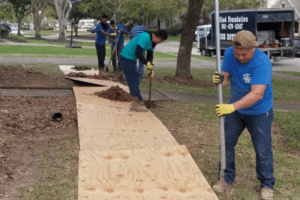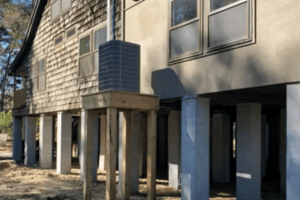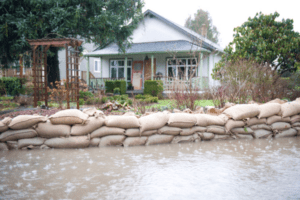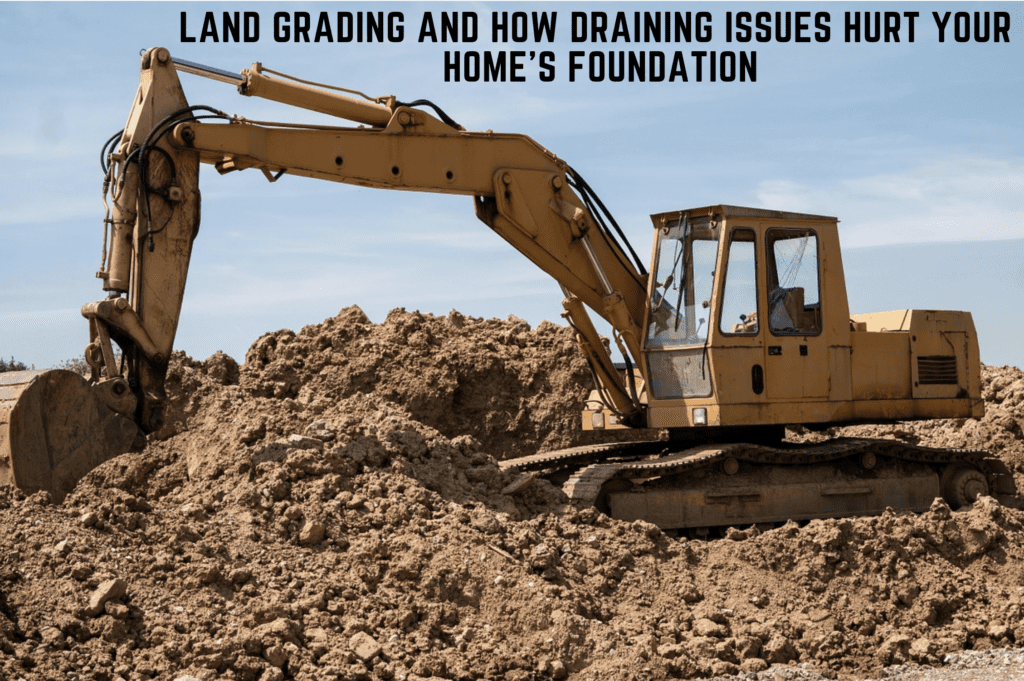When building or adding to your home, it is imperative that the land under and around your foundation be appropriately graded so that you will not have any drainage problems. When you have rain or snow, or even when you’re watering your yard, the runoff should not pool next to the home.
If you are currently building a house in the Houston area, your builder should know how the land needs to be graded. However, you should check for grading issues before moving into your new home, as the construction process could change the grading around your property. Even when the ground has the right slope, the house might settle over time, thus altering the grade around the property.
If you’re currently living in a home that is having problems with water intrusion and/or foundation problems due to the property not being appropriately graded, you will need to know what you can do to help correct the problem or when you’ll need to hire a pro to take care of it for you. First, you should know what types of issues can be caused by improper grading, and then we will look at some things you can do to rectify the situation.
Issues That Could Hurt Your Home
Incorrect Pitch
If your residence sits on a sloped area, but instead of water draining away from your house, it pools next to it or gets absorbed into the ground next to the foundation, you will need to get this evaluated.
Flooding
Flooding typically occurs during heavy rainfall due to the rainwater that collects around any part of the foundation.
Weakening of Foundation
If the ground around your home has a high clay content, it could cause the foundation to crack. Because foundation cracks will gradually weaken the structure, they can put your home in jeopardy if not corrected promptly.
Settling
As stated before, every structure settles over time, but the amount can be more significant if either the land grading is off or there has been an issue, such as drought, flooding, or ground shifting.
Moisture Problems
Moisture problems can range from mold, mildew, or a musty smell from water seeping through the foundation. You will be able to notice moisture problems the most if you have a crawlspace under your home.
Corrective Measures
Specific things, such as the type of soil the foundation is built on, as well as the kinds of plants or trees, rocks, and paved surfaces that surround your home, can play a part in harming the land grading to your structure. It is recommended that there be a downward slope of around 1 inch per foot going out 6 feet from the building. Even if you don’t have any of the problems described above, it’s good to have somewhat of a slope downward away from the house.
Know Your Grade
To ensure proper grading around your foundation, you must first know how much the soil slopes away from your home. You can contact a foundation repair contractor to come and determine this for you. Once the professional measures the ground slope, you can decide whether the grading needs to be corrected or not.
Adding Soil
If your grade is not what it needs to be, and you can build it up around the foundation by adding more soil, this can be a good fix. However, again, it will depend on the type of dirt that is being put down. You must also take stock of the vegetation that is around your home. Contacting a foundation repair specialist can help you know what needs to be done. After you add soil, it’s important to ensure that it will not be swept away easily.
Gutters and Drains
If you do not currently have gutters, downspouts, and drains, you might want to consider them. All these elements will ensure the water will flow far enough away from the residence and not pool around your foundation.
Overhangs
The size of a roof overhang can make a big difference in where the water runs off. Of course, the larger the overhang, the better it is. If you can combine this with gutters and downspouts, it can help immensely.
Mulch
This can help a foundation not to dry out as quickly when the weather is dry, but it can also damage a foundation if it is right up next to the base of the home in times of too much moisture. It is best to have the mulch no closer than 6 inches outside your house.
Hire a Pro
If you do not have the opportunity to build up the slope around your home, an excellent idea would be to hire a knowledgeable professional that could help you keep the water content and soil movement around your home at a minimum.













